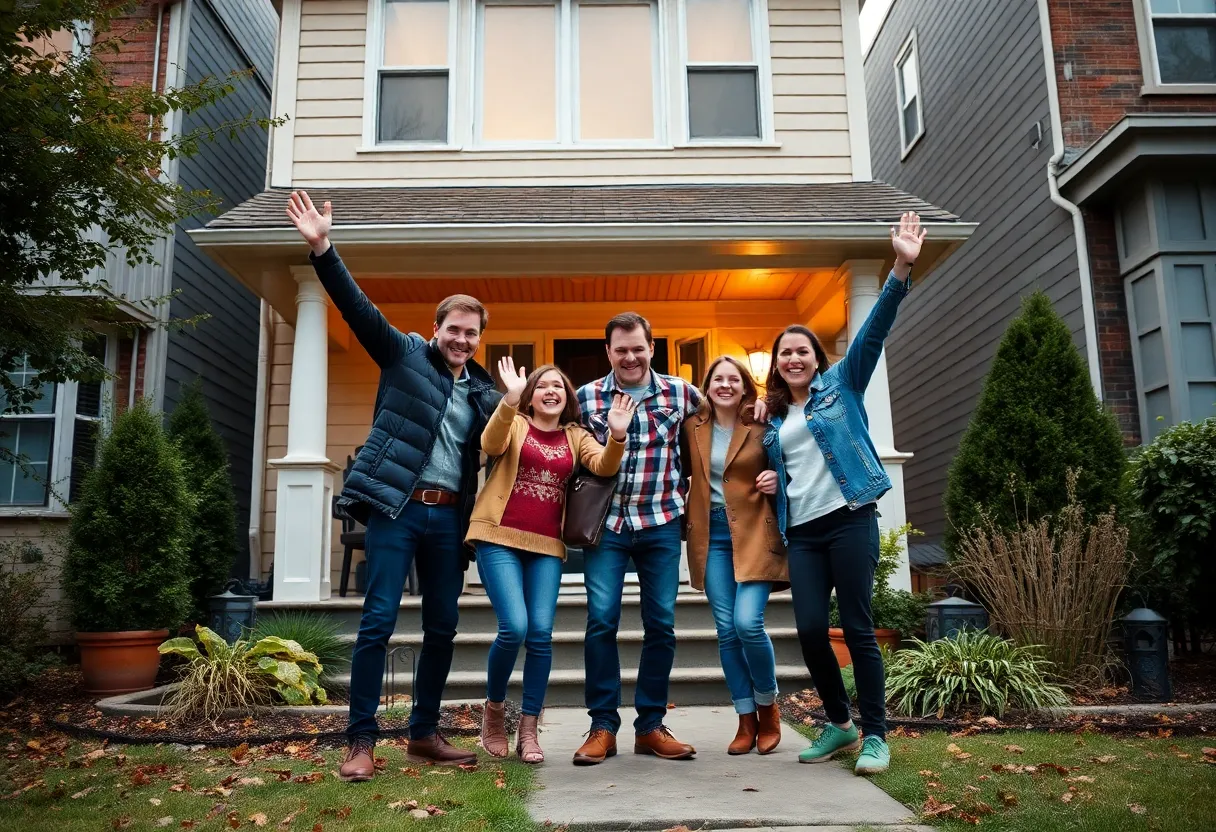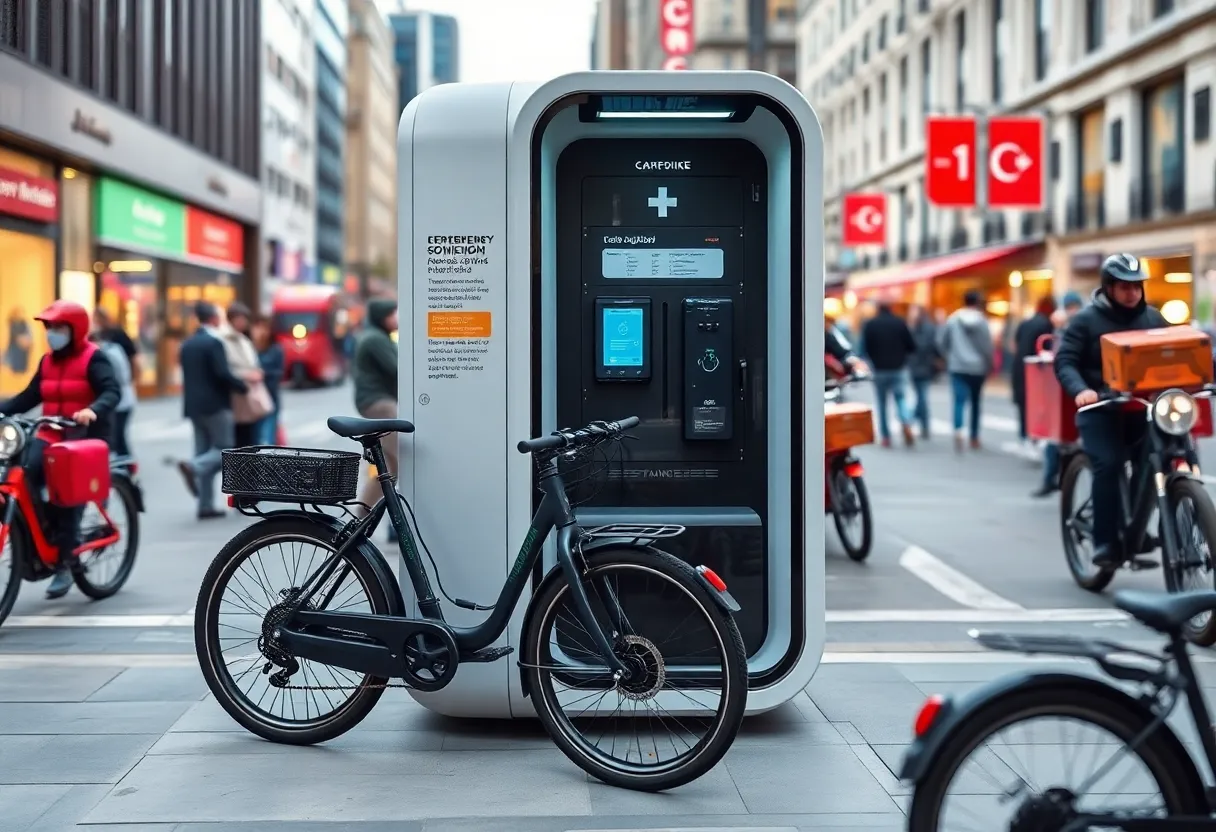7 Tips for Designing a Low-Maintenance Garden in New York City
In the bustling environment of New York City, maintaining an outdoor space can be challenging due to limited space, environmental stressors, and busy schedules. To optimize your garden’s beauty and sustainability with minimal effort, strategic planning is essential. Here are seven key approaches to designing a low-maintenance garden tailored to urban living, centered on plant selection, techniques, and structural elements.
1. Prioritize Native Plants for Resilience and Ease of Care
Native plants are naturally adapted to the local climate and soil conditions, making them inherently resilient. This specificity reduces the need for supplemental watering, fertilizers, and pest management. Selecting native flora enhances the sustainability of your garden while supporting local biodiversity.
For shaded or less accessible areas, incorporate native ferns, sedges, and shade-tolerant perennials. Small native trees such as serviceberry, dogwood, or witch hazel provide seasonal interest with minimal intervention. Additionally, flowering plants like milkweed, marigolds, bee balm, sunflowers, and yarrow attract pollinators, supporting urban ecosystems and adding visual appeal without demanding high maintenance efforts.
2. Adopt Xeriscaping Principles to Minimize Water Usage
Xeriscaping emphasizes water conservation through thoughtful design. Implementing this approach decreases dependency on regular watering, particularly beneficial in an urban setting where water efficiency is valued.
Soil Preparation
Enhance water retention by incorporating organic matter like compost or peat moss into your soil. This modification allows plants to access moisture for longer periods, decreasing watering frequency.
Irrigation Optimization
Utilize drip or trickle irrigation systems to deliver water directly at the root zone. These systems minimize evaporation, ensuring efficient water use while maintaining plant health.
Use of Mulch
Apply a substantial layer of mulch around plants to retain soil moisture, suppress weeds, and regulate temperature fluctuations. Organic mulches, such as bark or shredded leaves, decompose over time, enriching soil quality and reducing the need for additional amendments.
3. Minimize Lawn Areas to Reduce Upkeep
Lawns require frequent mowing, watering, and fertilization—tasks that can be burdensome and resource-intensive. Shrinking lawn size or replacing it with low-maintenance ground covers significantly reduces labor and resource demands.
Consider substituting traditional grass with plant options like clover or moss. These alternatives are resilient, require less watering, and naturally suppress weeds. Hardscape features such as patios, decks, or walkways can serve functional purposes while eliminating the need for grass maintenance, creating a clean, organized outdoor space suitable for seating or entertaining.
4. Select Perennials Over Annuals for Longevity
Perennials establish deep root systems that allow them to return year after year with minimal fuss. Prioritizing hardy, climate-adapted perennials reduces replanting and ongoing care.
Reliable choices include daylilies, phlox, false indigo, and coneflowers. These plants typically require limited fertilization and watering, offering seasonal blooms and foliage interest. Strategically grouping perennials allows for easier maintenance, as their uniform care needs streamline garden tasks and provide consistent visual appeal across seasons.
5. Incorporate Hardscaping Elements for Structure and Functionality
Hardscape features add design organization and practical outdoor living spaces while requiring little ongoing maintenance. Using durable materials such as stone, concrete, or treated wood ensures longevity and resilience against weathering.
Structures like patios, pergolas, and retaining walls break up the garden’s layout, creating focal points and designated spaces for seating, dining, or relaxation. These elements reduce planting areas that demand ongoing care and help in defining visual hierarchy within the garden.
6. Implement Automated Irrigation for Consistent and Efficient Watering
An automated irrigation system—particularly with timers—reduces the time spent manually watering, ensures even coverage, and promotes healthy plant growth. Drip irrigation kits are especially effective in urban gardens, delivering water directly to roots and minimizing water waste.
Set irrigation schedules based on seasonal requirements to optimize water use and prevent overwatering. Regular maintenance of these systems guarantees their efficiency and longevity, ultimately lowering ongoing tasks and conserving resources.
7. Use Mulch Strategically for Weed Control and Soil Health
Applying mulch around plants provides multiple benefits that align with low-maintenance principles:
- Weed Suppression: Mulch physically blocks sunlight from reaching weed seeds, significantly decreasing weed emergence and reducing weeding tasks.
- Moisture Conservation: Mulch maintains soil moisture levels, curbing the frequency of watering while providing a stable environment for plant roots.
- Temperature Insulation: Mulch buffers soil against temperature extremes, protecting plants during hot or cold periods and fostering consistent growth conditions.
Organic mulches eventually decompose, adding nutrients back into the soil, further supporting healthy plant development with minimal intervention.
Integrating These Strategies for Success
Achieving a low-maintenance garden in New York City hinges on integrating these principles into a cohesive design. Careful plant selection paired with structural elements and efficient watering practices will result in an outdoor space that remains vibrant and manageable.
Focus on plant choices suited to local conditions, reduce resource-intensive features like expansive lawns, and utilize smart watering and mulching techniques. These efforts collectively minimize ongoing labor while maximizing aesthetic and ecological benefits.
Ultimately, tailoring your garden to urban constraints enables a sustainable, beautiful outdoor environment that requires less time and energy to maintain. Thoughtful planning ensures your outdoor space enhances your living experience without becoming a source of stress or excessive upkeep.
Author: STAFF HERE NEW YORK WRITER
The NEW YORK STAFF WRITER represents the experienced team at HERENewYork.com, your go-to source for actionable local news and information in New York, the five boroughs, and beyond. Specializing in "news you can use," we cover essential topics like product reviews for personal and business needs, local business directories, politics, real estate trends, neighborhood insights, and state news affecting the area—with deep expertise drawn from years of dedicated reporting and strong community input, including local press releases and business updates. We deliver top reporting on high-value events such as New York Fashion Week, Macy's Thanksgiving Day Parade, and Tribeca Film Festival. Our coverage extends to key organizations like the Greater New York Chamber of Commerce and United Way of New York, plus leading businesses in finance and media that power the local economy such as JPMorgan Chase, Goldman Sachs, and Bloomberg. As part of the broader HERE network, including HEREBuffalo.com, we provide comprehensive, credible insights into New York's dynamic landscape.





